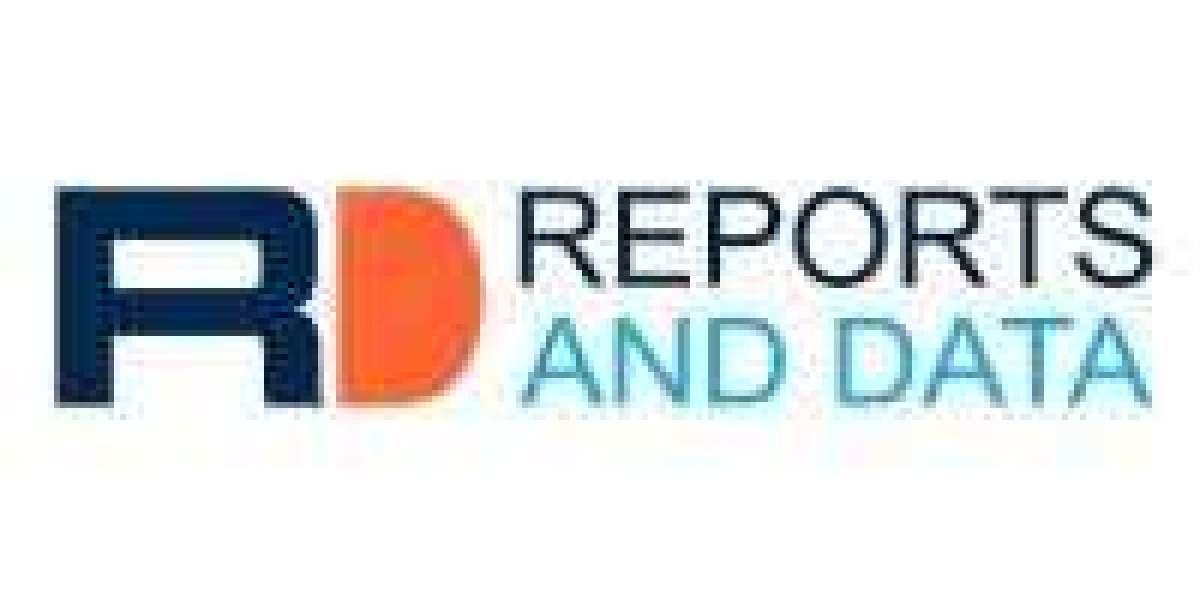According to the current analysis of Reports and Data, the global Food Testing Kits market was valued at USD 1.95 Billion in 2019 and is expected to reach USD 3.22 Billion by the year 2027, at a CAGR of 7.0%. The market is expected to face a favourable growth scenario as it offers many benefits over conventional technologies. The conventional methods of detecting foodborne pathogen are time-consuming as well as laborious. Generally, the conventional methods require almost 2 to 3 days for preliminary identification and more than a week for confirmation of the species of the pathogens. In addition, since these tests rely on culturing the microorganisms, chances of false-negative results due to viable but non-culturable (VBNC) pathogens are high. However, the kits today offer high specificity and sensitivity. These kits are being increasingly preferred for food quality inspections due to the ease of use and the technical precision used while manufacturing them.
The Asia Pacific region is expected to project the highest CAGR due to the increasing need to comply with the food testing norms and increased investment into the qualitative aspect of the food industry by the governments. In addition, increasing approval of food testing kits by the regulatory authorities in the region is likely to drive demand. For instance, in June 2019, the Food Safety and Standards Authority of India (FSSAI) gave provisional approval to 19 Rapid Analytical Food Testing (RAFT) kits and devices. The approval was given so that the concerned companies as well as laboratories could get quicker and validated results for tests conducted on various categories of products such as edible oil and milk.
Heavy import duties on the kits along with a lack of adequate infrastructure at various segments of the supply chain poses a significant challenge for the growth of this market. However, necessary government initiatives are gradually helping in overcoming this problem.
To identify the key trends in the industry, click on the link below:https://www.reportsanddata.com/report-detail/food-testing-kits-market
Further key findings from the report suggest-
- The market is projected to grow significantly in the forecast period. Data handling and interpretation of pathogens and toxins have become more convenient and time-saving with the advent of user-friendly test-kits and instruments. In addition, companies can easily carry out in-house testing rather than outsourcing it to other labs.
- Enzyme-analysis is forecasted to grow at a CAGR of 6.6% in the forecast period. The technology is used widely in the industry as it is highly specific and offers considerable cost and time savings over other methods, especially from the sample preparation standpoint. Moreover, the technology uses non-hazardous reagents, and are thus environmentally friendly and can be automated for in-line process monitoring.
- The packaged food segment will also be a driving factor for the industry and is expected to register a CAGR of 6.5% during the period of forecast. Packaged foods need to be tested for the presence of pathogens that can cause earlier decay so that the necessary preservatives can be added. In addition, stringent regulations, particularly in the U.S. and Europe, require companies to carry out tests for toxins such as allergens and mycotoxins. For instance, in the U.S., The Food Allergen Labeling and Consumer Protection Act (FALCPA) is the primary federal law which governs how allergens are represented on packaged foods.
- The cereals, grains and pulses segment is anticipated to witness a CAGR of 6.4% in the forecast period. The main challenge faced by companies within this segment is to ensure the quality as well as safety of the grains constantly throughout the supply chain while adhering with regulations and remaining profitable. National and international regulations have to be taken care of for these products as they have the maximum trade globally and are susceptible to many different forms of infection that can cause diseases like Salmonella.
- Companies operating in the industry are focusing on providing products and services that convey a wide range of required testing services. For instance, Romer labs offer a comprehensive portfolio of mycotoxin test kits for the detection of regulated mycotoxins in agricultural commodities such as raw grains and nuts, grain by-products and feed formulations.
- Companies are increasingly merging or acquiring other companies strengthen their market position. In May 2019, Cotecna announced acquiring Neotron, a key global provider of testing services for food products, supplements, pharmaceutical products and cosmetics.
For the purpose of this study, Reports and Data have segmented the Food Testing Kits market on the basis of target tested, sample tested, technology, and region:
Target Tested (Revenue, USD Million; 2017–2027)
- Allergens
- Mycotoxins
- Pathogens
- GMOs
- Meat Species
- Pesticide Residues
- Others
Sample Tested (Revenue, USD Million; 2017–2027)
- Meat, Poultry and Seafood Products
- Dairy Products
- Fruits and Vegetables
- Cereals, Grains and Pulses
- Nuts, Seeds and Spices
- Packaged Foods
- Others
Ask for a Special Discount on this Report @ https://www.reportsanddata.com/discount-enquiry-form/1940


